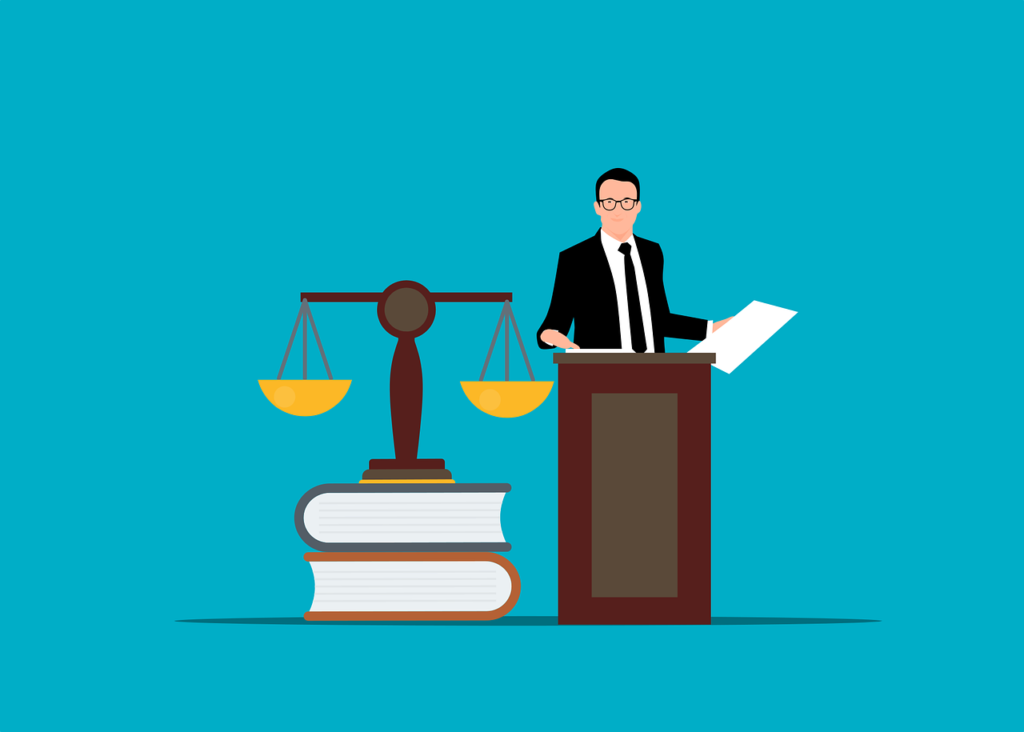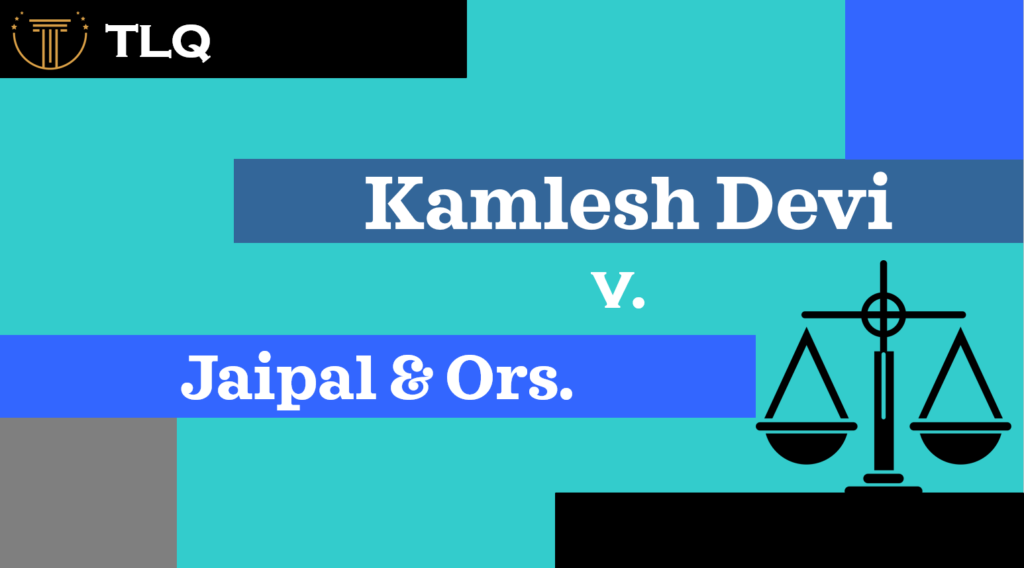Published On: 20th November, 2024
Authored by: Yukta Rao
Guru Gobind Singh Indraprastha University
ABSTRACT
The present research seeks to extrapolate the United Nations’ position on international relations alongside its role in achieving international peace and security. It also focuses on the status of maintaining international peace and security as well as its components within theories of international relations. Based on this, the study will clarify the concept of peace and security within the context of the United Nations, emphasizing the UN’s responsibility to achieve global peace and security in compliance with its charter. Additionally, the study clarifies the most well-known theoretical stances in international relations that explain the standing and function of the UN.
INTRODUCTION
The United Nations (UN), was established in 1945 after the atrocities of the Second World War and was primarily designed to ensure that no such large-scale conflict arises ever again. The objectives were to uphold global peace and security, foster amicable relations between countries, advance socioeconomic development, and improve living conditions, and human rights. The United Nations has been instrumental in fulfilling its fundamental goal of promoting international peace and security, even in the face of numerous obstacles and critiques over the years.
ROLE OF THE UN IN MAINTAINING PEACE AND SECURITY
There are various roles of the UN for maintaining worldwide peace which include conflict resolution, peacebuilding, peace-making, countering terrorism, disarmament, etc.
- Peacebuilding
The term “peacebuilding” describes initiatives aimed at helping nations and areas ravaged by conflict to shift from armed conflict to peaceful coexistence. The endeavor to establish a new state with the ability to settle conflicts amicably, safeguard its citizens, and guarantee human rights is at the core of peacebuilding.
Peacebuilding seeks to provide the groundwork for long-term peace and development while lowering the country’s disintegrating or re-entering into war by enhancing national capacity for conflict management at all levels. Establishing the prerequisites for enduring peace is an intricate and protracted undertaking. Assisting the State in carrying out its fundamental tasks in a lawful and efficient manner is the goal of peacebuilding measures, which tackle fundamental issues that impact society and the State. [1]
- Conflict resolution
The UN tries to resolve conflicts amongst the nations or the parties by helping in conflict peace-making through mediation, diplomacy, good offices, and various other mechanisms.
- Countering Terrorism
An act of terrorism that targets innocent individuals who were unlucky enough to be in the wrong place at the wrong time often occurs every week The framework of the United Nations system has been used to develop a variety of international treaties and other legal instruments to address specific terrorist acts. Through the Security Council and General Assembly, Member States coordinate their counterterrorism activities. Specific actions against terrorism are carried out by a variety of UN departments, programs, and agencies.[2]
- Disarmament
The objectives of weapons limitation and multilateral disarmament have been essential to the UN’s efforts to uphold global peace and security since the organization’s founding. These objectives include lowering and eventually getting rid of nuclear weapons; destroying chemical weapons; fortifying the ban on biological weapons; and stopping the spread of landmines, small arms, and light weapons.
A number of multilateral treaties and instruments have been developed via international efforts with the goal of regulating, limiting, or eliminating away certain weapons. The Convention on Biological Weapons was signed in 1975, the Convention on Chemical Weapons in 1997, the Convention on the Prohibition of Biological Weapons in 1999, and the Treaty on the Non-Proliferation of Nuclear Weapons (NPT) in 1970. Despite being ratified in 1996, the Comprehensive Nuclear Test Ban Treaty has not yet come into effect. In addition, there is the Arms Trade Treaty, the Convention on Certain Conventional Weapons, and the Convention on Cluster Munitions.
STRUCTURE, AND FUNCTION OF THE UN AND ITS ORGANS
The United Nations Security Council, Trusteeship Council, General Assembly, International Court of Justice, and UN Secretariat are the principal bodies of the organization. All were created at the time of the UN’s founding in 1945.
- GENERAL ASSEMBLY
The UN’s principal body for policymaking, deliberation, and representation is the General Assembly. As the only UN body with universal representation, the General Assembly is made up of representatives from each of the 193 UN Member States. Several heads of state attend and speak at the annual General Assembly session and debate held in September in New York City, where the whole UN membership convenes. The General Assembly needs a two-thirds majority to make decisions on significant issues including financial affairs, admission of new members, and peace and security. Simple majority rules apply to making decisions on other issues. The GA President is chosen by the General Assembly each year to hold office for a duration of one year.[3]
- SECURITY COUNCIL AND ITS ROLE IN PEACEKEEPING
Since the Security Council is the principal body tasked with upholding international peace and security in accordance with the United Nations Charter, the UN has played a significant role in putting an end to a number of wars throughout the years. The Council first advises that the parties attempt to reach a peaceful arrangement when it receives a complaint regarding a threat to the peace. Sometimes Council itself investigates and mediates matters on its own. It may employ the Secretary-General’s good offices or ask him to designate special representatives. It could lay down the foundation for a harmonious resolution. The Council’s primary priority is to put a stop to a conflict as soon as it gets hostile. The Council has frequently issued orders for a ceasefire, which has assisted in averting significant conflicts. It also sends UN peacekeeping troops to reduce tensions, keep opposing forces apart, and, after agreements have been reached, create lasting peace. Economic penalties, trade embargoes, and collective military action can all be decided by the Council. The Security Council has 15 members: 10 non-permanent members and 5 permanent members (the United States, France, Russia, United Kingdom, and China). Every Member is entitled to one vote. The Charter requires all Member States to abide by decisions made by the Council. [4]
- ECONOMIC AND SOCIAL COUNCIL
The Economic and Social Council is the main organization for international development objectives execution as well as policy evaluation, policy discourse, and recommendations on economic, social, and environmental concerns. Supervising subsidiary and expert bodies, it functions as the key mechanism for the UN system’s and its specialized agencies’ actions in the economic, social, and environmental domains. The General Assembly chose its 54 members for consecutive three-year mandates. It serves as the main forum for thought, discussion, and creative thinking on sustainable development inside the UN. [5]
- TRUSTEESHIP COUNCIL
The UN Charter’s Chapter XIII established the Trusteeship Council in 1945 to oversee 11 Trust Territories administered by seven Member States from a global perspective and make sure the necessary measures were taken to prepare the Territories for independence and self-governance. Every Trust Territory had been independent or had achieved self-government by 1994. As of November 1, 1994, the Trusteeship Council was not in session. The Council changed its procedure rules by adopting a resolution on May 25, 1994, eliminating the requirement to meet yearly and allowing meetings to be called as needed, either by the Council itself, by its President, or at the request of the General Assembly, the Security Council, or a majority of its members.
- INTERNATIONAL COURT OF JUSTICE
The primary court system inside the UN is the International Court of Justice. Its headquarters are located in The Hague, Netherlands’ Peace Palace. Out of the six main organs of the United Nations, it is the only one that does not reside in New York, the United States of America. In compliance with international law, the Court’s duties include resolving legal disputes brought before it by States and providing advisory opinions on legal matters presented to it by specialized agencies and authorized United Nations bodies. The International Court of Justice operates in compliance with the provisions of its Statute.
- SECRETARIAT
As directed by the General Assembly and the other principal institutions of the Organisation, the United Nations Secretariat manages the day-to-day operations of the UN. Tens of thousands of UN employees are employed by the Secretariat, which is led by the Secretary-General, in duty stations throughout the globe. UN employees are hired both domestically and abroad, and they serve on peacekeeping operations and in duty stations. It is a risky job to promote peace in a violent world. Hundreds of courageous men and women have sacrificed their lives in the service of the UN since its foundation. With each department or office having a specific area of operation and responsibility, the Secretariat is arranged departmentally. To maintain coherence in the UN’s work program, offices and departments collaborate with one another. USA’s New York City is home to a large portion of the UN Secretariat. In addition, the UN maintains five Regional Economic Commissions and three sizable offices apart from its headquarters.[6]
CONCLUSION
The United Nations Organisation is crucial to bringing about world peace again. The United Nations was founded with the intention of resolving global peacekeeping issues. Ever since its establishment, it has provided support to governments in addressing economic, social, and humanitarian problems, safeguarding refugees, and advancing the nation’s long-term development.
Reference(s):
[1] Terminology peacekeeping (no date) United Nations. Available at: https://peacekeeping.un.org/en/terminology#:~:text=Role%20of%20peacekeeping&text=Today’s%20multidimensional%20peacekeeping%20operations%20facilitate,restoring%20the%20rule%20of%20law. (Accessed: 05 September 2024).
[2] (No date a) United Nations Information Service Vienna. Available at: https://unis.unvienna.org/unis/en/united_nations/un_peace-and-security.html (Accessed: 05 September 2024).
[3] Structure, Functions, and Powers of the UN and Its Main Organs Main Organs (no date). Available at: https://www.kyymca.org/wp-content/uploads/2015/01/KUNA-USG-Packet.pdf.
[4] Peace and security (no date) United Nations. Available at: https://www.un.org/en/global-issues/peace-and-security (Accessed: 05 September 2024).
[5] United Nations (2021) Main Bodies, United Nations. United Nations. Available at: https://www.un.org/en/about-us/main-bodies.
[6] United Nations (2022) Secretariat, United Nations. Available at: https://www.un.org/en/about-us/secretariat.



